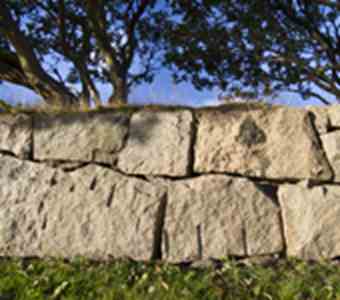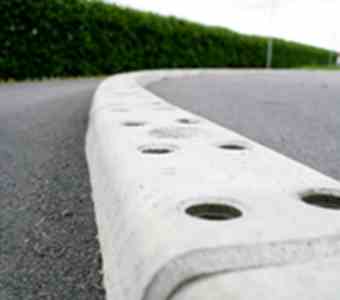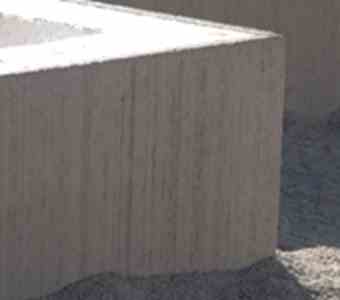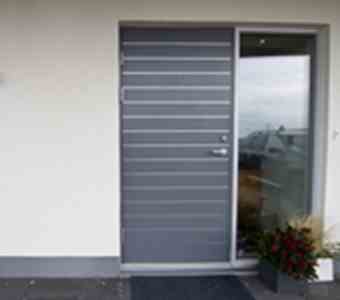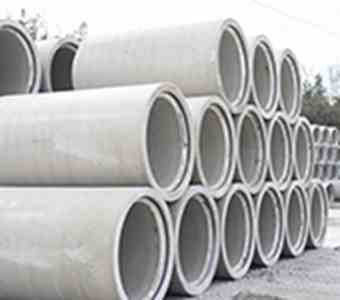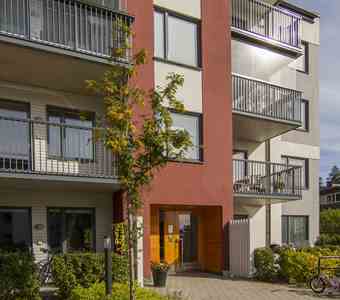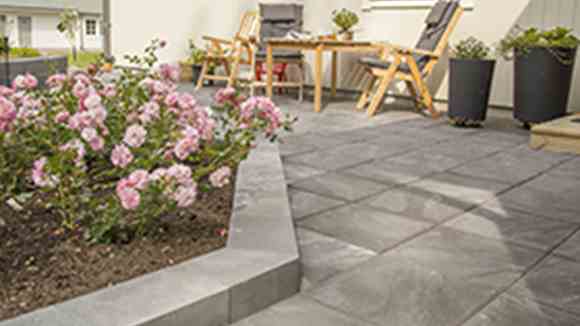Cellular plastic is a term that covers many types of plastics with different properties. Expanded polystyrene (EPS) and extruded polystyrene foam (XPS) are two of these plastics.
EPS and XPS are rigid thermoplastics made from the same raw material (styrene monomer). However, the manufacturing processes and uses are different.
EPS is manufactured in several steps. First, a granulate is formed via polymerisation. The granules are then expanded and foamed together into homogenous blocks. Finally, the blocks are cut into panels/sheets of an appropriate size.
XPS, on the other hand, is manufactured by extruding a liquid polymer melt through a gap that gives the desired panel/block thickness. Sides and lengths are then cut in a continuous process.
Benders’ EPS is available in grades from 60 – 200 kPa and is used in, amongst other things, roofs, walls and foundations (all the way from small detached houses to major industrial buildings). It is also used in edge elements where, for example, cellular plastic L-shaped base elements are coated in concrete. You can read more about our various grades of EPS and XPS in “Cellular plastic – Uses and grades”.
Benders’ XPS is available in grades from 300 – 600 kPa and is used where long-term compressive strength requirements are severe.
















